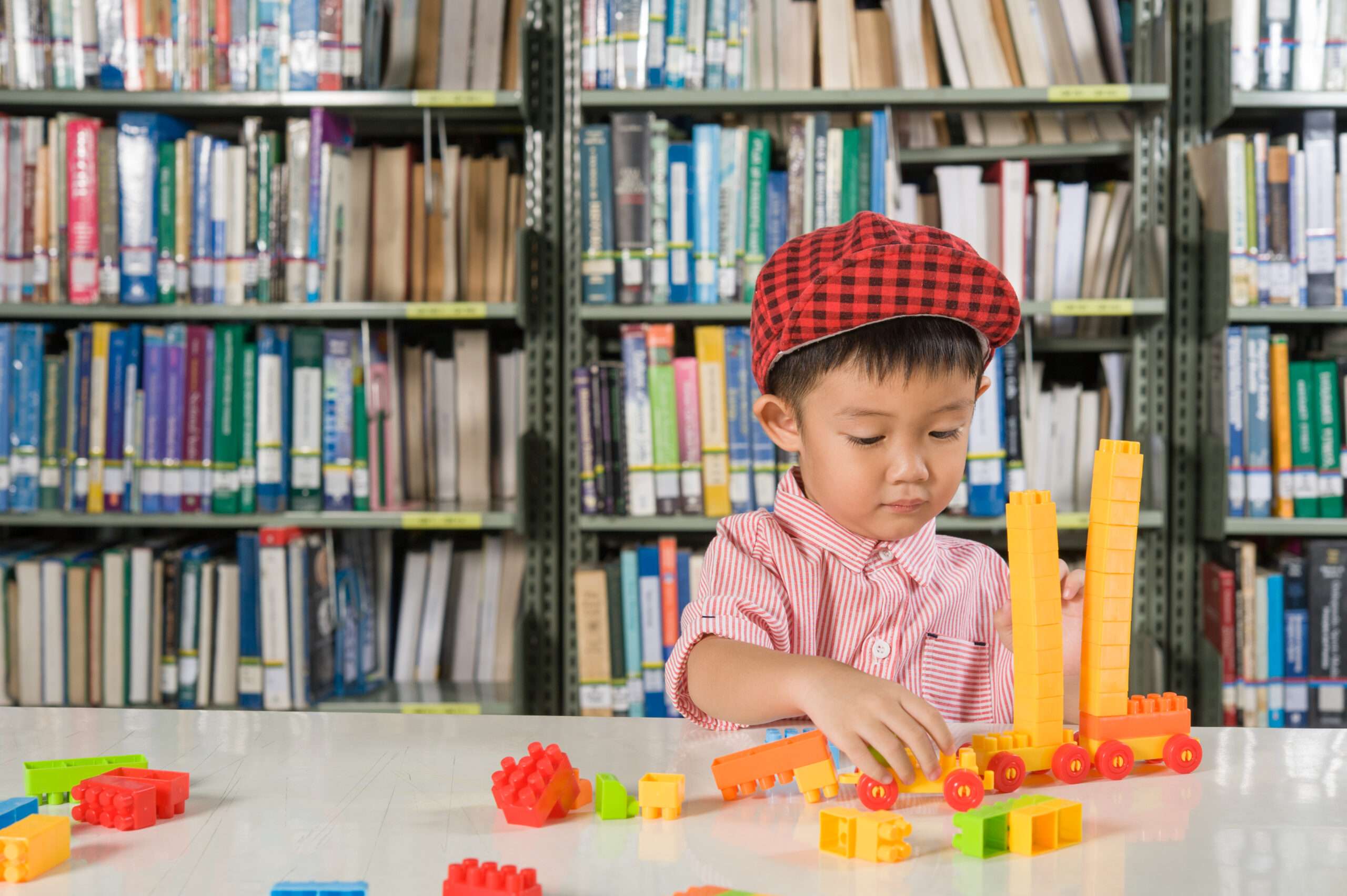You’re ready to take the plunge after much thought and soul-searching. You’ve decided to pursue your dream of becoming a professional artist. What a fantastic realization! Allow it to soak in for a few moments. You have faith in yourself and your ability, which is the first and most critical step. Because many artists are stymied by excuses and dread?fear of the unknown, fear of taking risks, fear of failure.
But you only have one life to live, and you’re going to make the most of it. Your head isn’t in the clouds, despite the exhilaration. You’re aware of the path ahead. It takes time to establish oneself in the artist community and earn a living from your work. But it’s far from impossible! Lifelong learning will necessitate planning, time, effort, attention, and devotion. Now that you’ve made the decision to take the leap, the next step is to figure out what to do. In your mind’s eye, you can see yourself succeeding, but the gap between that and your actual circumstances appears to be empty at the time. So, how do you get started?

That is an excellent question. You’re already thinking like an artrepreneur, as you can see! And, with the help of the Navajo arts and crafts store, we’ve narrowed down the following factors to consider while setting up your work area.
01Locate the Ideal Work Table for You
A large, solid work table is the most important piece of furniture for a craft area. You should be able to comfortably spread out your materials and supplies on the surface. You should be able to work quickly and comfortably; creativity does not thrive in restricted spaces.
02 Choose the Right Shelves and Spend a Lot of Money on Them
Open and closed shelving units are vital for the craft area; keep the crafting equipment you use most frequently on open shelves in plain view, and keep less frequently used art supplies and tools behind closed doors. In a craft area, you can never have too many frames. Crafters are always looking for good bargains on crafting supplies.
03 Countertops aren’t to be overlooked.
Countertops can be a lovely addition to your work area if you are fortunate enough to have adequate space. These allow multiple crafters to work in the same area and are useful when traveling around a lot. Install your counters at a height that allows you to stand. Without bending your back, you should be able to operate on a countertop. Back problems and sprains can be avoided with the proper size. If you want to sit and work at your craft bars, use bar stools.
04 Make Zones in Your Workspace
Just like Navajo nation stores, make your workspace more organized by splitting it into zones. Make a space for your computer and other digital devices. Create a separate section for your crafts endeavors (painting, sewing, paper crafting, etc.). Another space should be designated as a gift-wrapping station. If you want to photograph your creations, place your camera near a window. Everyone works differently, and establishing work zones is not a one-size-fits-all solution. You must first evaluate your crafting requirements and then create zones based on your preferences. You can stay organized and effective by creating orderly zones.
05 Have Windows in the Room That Let Natural Light In Large
Windows with plenty of natural light are one of the most beneficial features for your craft space. Granted, this is not a luxury available to all craftspeople since many are confined to basement spaces with limited or no windows. Many crafters have blogs where they post images of their creations. If you want to capture great images of your work projects, you’ll need a natural light source.
06 Think about storage space and containers
If you’re going to store your goods in a closet or utility cabinet, make sure you have enough storage boxes and baskets available. If you don’t want to, you don’t have to spend a lot of money. Baskets can be found at secondhand stores or yard sales. Decorate some of those Amazon mailing boxes with fabric or paper to repurpose them. It’s critical to label storage containers! Keep track of your creative supplies in those boxes and baskets with the help of a label machine. Crafters frequently forget what supplies they have on hand, and if the containers are not labeled, money will be wasted. Who wants to spend their hard-earned money on replacements for tools and materials that they already own?
07 Get yourself a pegboard and some hooks.
A pegboard beside your craft table installed on the wall is a useful addition to your creative space. Use hooks to hang your painting tools on the board, and you’ll never have to worry about disorganization or aggravation while looking for a specific item.
08 Invest in a Wheeled Chair
A wheeled office chair is quite useful! There can be moments when you want to relocate to a different place but don’t want to get out of your seat. Some may think this is excessively lazy, but while you’re working on a creative project, you’ll love your wheeled chair.
09 A Desk
These days, a computer is an essential aspect of making. It can be used to edit photos in Photoshop or to cut out scrapbook items with a digital die cutter. You’ll need a computer desk with plenty of drawers for storage to put a sale like Navajo art for sale.
10 Get a Bulletin Board
On-do lists, photos, inspirations, bills, and a variety of other items can all be pinned to bulletin boards. If you choose, you can decorate your bulletin board with fabric or paper to match the rest of your craft area decor.
11 Get Wall Units That Are Built-In
Another luxury item for your craft space is built-in storage wall units. If you can afford it, it’s great! Place inexpensive Ikea storage cabinets next to each other and trim with molding to obtain this look. It’s a personalized style that’s both high-end and affordable!
12 Take into account your lighting requirements.
Lighting is crucial, especially if you’re working in a basement craft room. Halogen task lighting, which simulates natural light, is gentle on the eyes and makes sewing, painting, and drawing a lot more fun.









